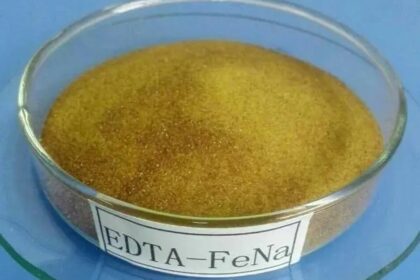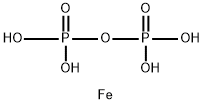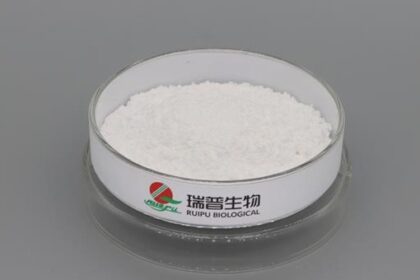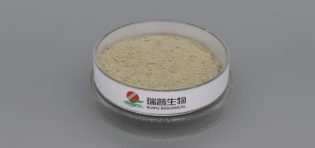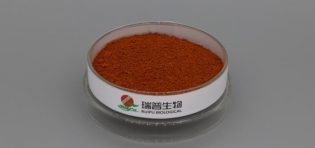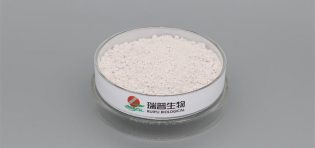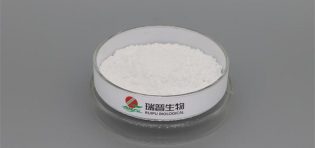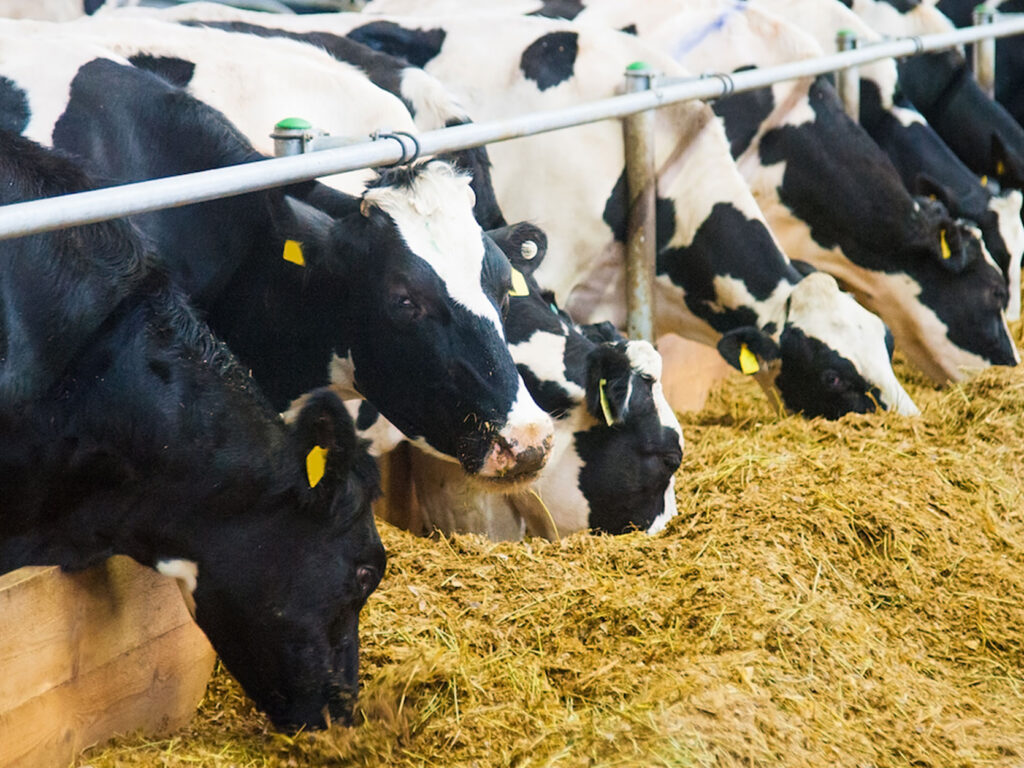
The stability of vitamin premixes is crucial for ensuring feed quality, extending shelf life, and retaining more nutrients. The following explores various methods to extend the shelf life of vitamin premixes and retain more nutrients:
Factors Affecting the Stability of Vitamin Premixes
1.Light Exposure: Light accelerates the oxidation of vitamins, leading to a reduction in their activity.
2.Temperature: High temperatures accelerate the decomposition and destruction of vitamins, especially temperature-sensitive ones like vitamins A and C.
3.Humidity: High humidity makes vitamins more prone to absorbing moisture, accelerating oxidation and degradation.
4.Oxygen: Oxygen is a primary factor in vitamin oxidation, and exposure to it accelerates vitamin degradation.
5.Trace Elements and Choline Chloride: Certain trace elements (such as copper, iron, zinc) and choline chloride promote vitamin oxidation, reducing their stability.
6.Feed Processing Methods: Processes such as pelleting, extrusion, and expansion expose vitamins to high temperatures, humidity, and pressure, increasing the oxidation rate.
Methods to Extend Shelf Life and Retain More Nutrients
1.Optimizing Storage Conditions
·Light-Proof Storage: Store vitamin premixes in cool, dry, and light-proof locations to minimize the damage from light exposure.
·Control Temperature and Humidity: Maintain storage temperatures below 15°C, preferably not exceeding 25°C, and keep humidity low to minimize the adverse effects of high temperature and humidity on vitamins.
·Sealed Packaging: Use packaging materials with good sealing properties, such as aluminum foil bags or vacuum packaging, to reduce exposure to oxygen and moisture.
2.Improving Production Processes
·Low-Temperature Processing: Adopt low-temperature processing techniques during feed production to reduce the destruction of vitamins by high temperatures.
·Reducing Processing Time: Shorten the duration of heat treatment processes like pelleting and extrusion to reduce vitamin exposure time.
·Adding Antioxidants: Add appropriate amounts of antioxidants, such as vitamin E and citric acid, during production to delay vitamin oxidation.
3.Rational Formula Design
·Reducing Unstable Vitamins: In formula design, minimize the use of light-, heat-, and oxygen-sensitive unstable vitamins or use their more stable derivatives.
·Avoid Direct Contact with Trace Elements and Choline Chloride: In premixes, keep vitamins separated from trace elements and choline chloride to reduce interactions between them.
·Overage Addition: Based on vitamin stability and expected loss rates, add vitamins in excess in the formula to ensure adequate levels in feed for meeting animal nutritional needs.
4.Regular Testing and Evaluation
·Regular Vitamin Content Testing: Regularly test the vitamin content in vitamin premixes and finished feed to assess stability and effectiveness.
·Evaluate Storage Effects: Compare vitamin loss under different storage conditions to evaluate storage effects and optimize storage conditions.
The stability of vitamin premixes is influenced by various factors. By optimizing storage conditions, improving production processes, designing rational formulas, and conducting regular testing and evaluation, it is possible to effectively extend their shelf life and retain more nutrients. These measures are crucial for improving feed quality, ensuring animal health, and enhancing breeding efficiency.


